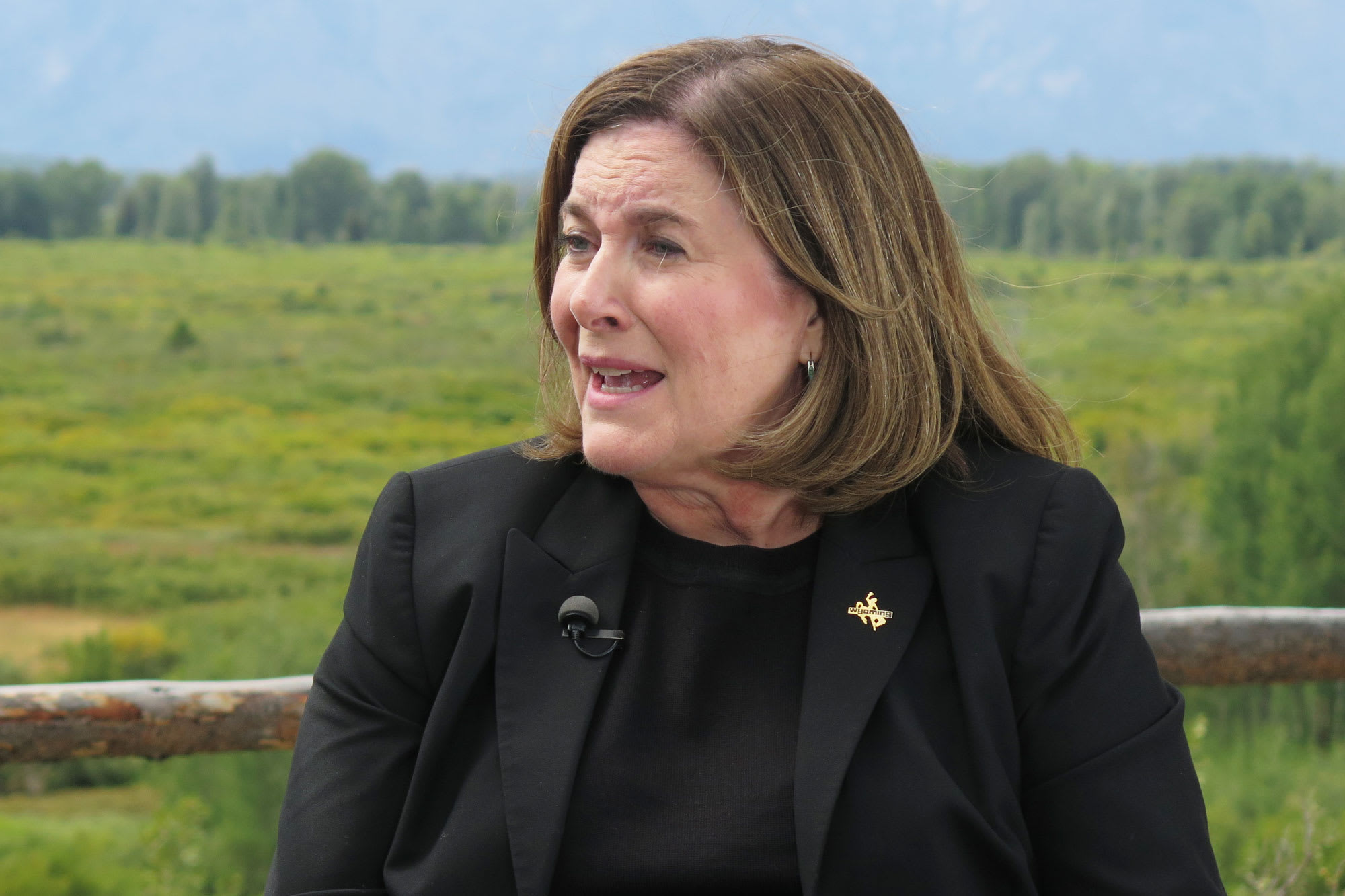Kansas City Fed President Esther George said the Federal Reserve may be partly responsible for the yield curve inversion.
“I think the Fed still has a large balance sheet, and that could be putting some downward pressure on those longer-term rates,” George told CNBC’s Steve Liesman from the Kansas City Fed’s economic policy symposium in Jackson Hole, Wyoming.
The yield on the benchmark 10-year Treasury note has fallen below the 2-year yield twice since Aug. 14, causing the bond market’s main yield curve to invert. The bond market phenomenon is historically a trusty signal of an eventual recession; however, George said the Fed could be influencing the long end of that equation.
The Fed voted at its July policy meeting to end the reduction of bonds the central bank holds on its balance sheet, two months earlier than planned. The balance sheet, which stands at around $3.8 trillion of mostly Treasurys and mortgage-backed securities, ballooned to as much as $4.5 trillion as the Fed sought to stimulate the economy out of the financial crisis.
“So we all know what the history is of inverted yield curves and the concern that they portend a recession coming. But in the context of a global economy that is weakening, I think that could be explaining part of it,” George said. “So I’ll keep watching that carefully for sure but I don’t yet see the signal — that suggests it’s time to get worried about a downturn.”
Negative yields
With more than $15 trillion of government bonds worldwide trading at negative yields, investors are worried the U.S. could get sucked into this global trend amid looming economic uncertainty. Although, George is less convinced the U.S. is close behind.
“I would never say never. I don’t see it— for the U.S. right now,” she said.
“Remember, we already have real interest rates at zero right now, if you think about where inflation is and where the current federal funds rate is. So policy is not tight, in my view, in the United States, and I think if the economy grows, I don’t see a scenario for that right now,” she said.
George attributed higher rates in the U.S. to the strength of the economy.
“I think if you look at the underlying performance of those other economies, you will see that the U.S. is performing better than, for example, Europe — and other parts of the world. And that accounts for — why we have higher interest rates,” said George.
When asked if the U.S. rates are too far above other major developed countries, George said she doesn’t “think of it that way.”
“I tend to think that — those rates in the U.S. are reflecting the underlying economy here. The interest rates in other countries likewise are reflecting that. And to address that issue really requires other policies in those countries, whether it’s fiscal or monetary to really effect — that growth,” she said.
George was one of just two Fed members to dissent in the vote to cut interest rates by 25 basis points in July. She told CNBC on Thursday that the rate cut “wasn’t required in my view. “
Bond yield’s ticked up after George’s comments. Later in the morning, Philadelphia Fed President said he doesn’t see the case for additional stimulus after the Federal Reserve’s July rate cut.
Following Harker’s comments, the bond market’s .
Join to ourTrading at home group


 Signal2forex.com - Best Forex robots and signals
Signal2forex.com - Best Forex robots and signals




